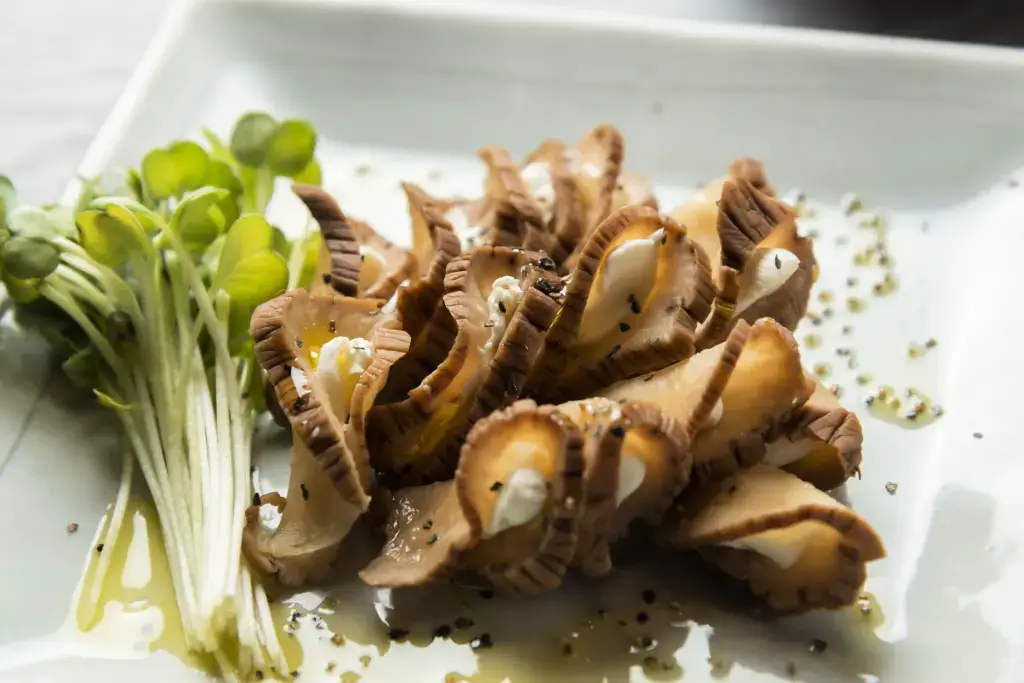Pickled vegetables are a crucial component of Japanese culinary culture. They play a vital role in maintaining a meal’s nutritional balance. And iburi gakko is one of the most renowned and unique pickled vegetables! It’s a pickled daikon (Japanese white radish) unique to Akita Prefecture. It is smoked before sun-dried and pickled in a mixture of nuka (rice bran) and salt.
Its distinctive flavor stands out from other existing products sold across Japan. The balance of the smoked aroma and saltiness results in a richer flavor palette than typical commercial pickled daikon. You can enjoy it as a side dish that serves as a palate cleanser, a topping for chazuke (rice with green tea), or any other dish that takes your fancy. Keep reading if you want to know more about this one-of-a-kind pickled vegetable, its health benefits, and its uses.
Table of Contents
ToggleWhat is iburi gakko?
Iburi gakko is a type of pickled daikon made using a unique method in which the daikon is smoked instead of sun-dried. The term “iburi gakko” literally translates to “smoked pickle,” with “Iburi” meaning smoked and “gakko” referring to pickled vegetables. Smoking the daikon before pickling gives the food a crisp, distinct, smoky taste and a richer flavor than normal pickled vegetables.
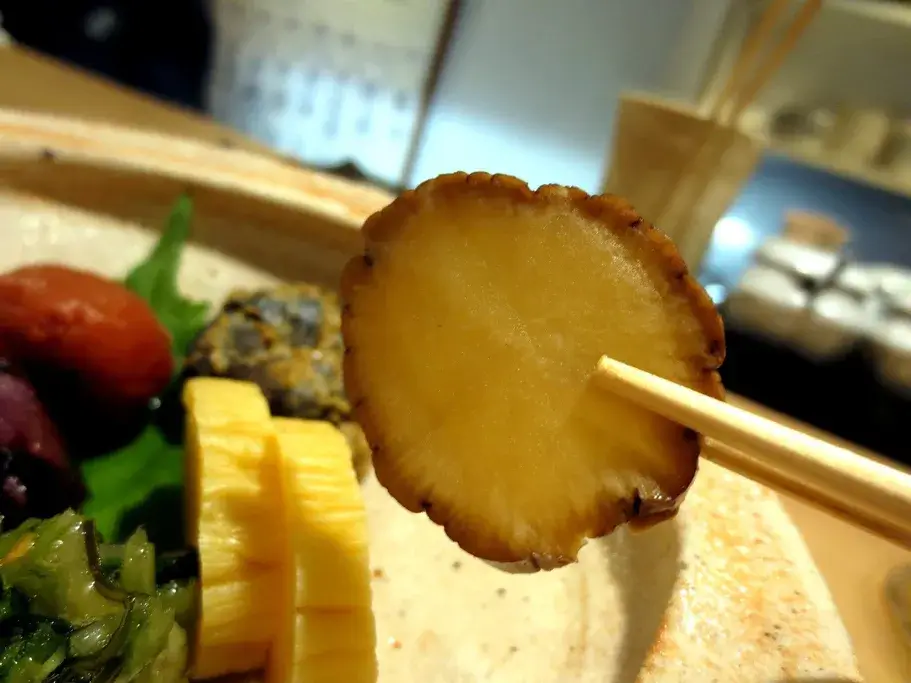
This rare smoked, pickled vegetable boasts a distinct taste. To produce iburi gakko, producers smoke domestically grown daikon for two or more days and nights using timber from broad-leaf trees like oak and cherry. This process also imparts a superior aroma and color to the daikon. After smoking, they pickle the daikon in a bed of rice bran for 40 or more days, allowing it to ferment and mature at low temperatures. Adding beer to the marinade enhances the natural umami of the daikon radish, giving it its unique taste.
Where did these pickled vegetables come from?
Iburi gakko is a traditional food unique to Akita and a renowned winter vegetable. People developed and nurtured Iburi gakko in the harsh climate conditions of Akita as a preserved food for winter consumption. The pickle reserves were indispensable for maintaining people’s health during the long winter. Additionally, the cold weather made the pickles last longer and taste sweeter.
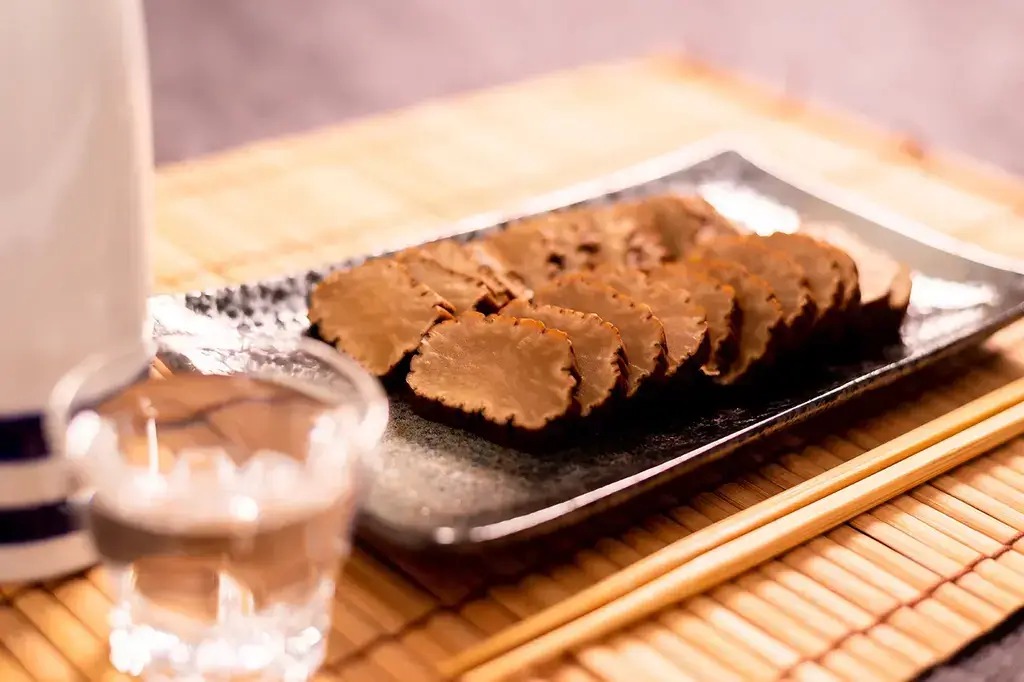
While people typically sun-dry daikon, the short sunlight hours in Akita caused the vegetable to freeze before people could thoroughly dry it. To solve this problem, they dried daikon on the house hearth, which led to the creation of Iburi gakko. Not to mention, this pickling style originated in the Muromachi Era (1336–1573). Nowadays, people have replaced hearths with gas stoves, and the winter tradition of making takuan has almost disappeared.
Looking to experience some unique and delicious Japanese treats? Check out Sakuraco! Sakuraco delivers traditional Japanese snacks, teas, and sweets from local Japanese makers directly to your door so you can enjoy the latest treats directly from Japan!
What dishes do people use them in?
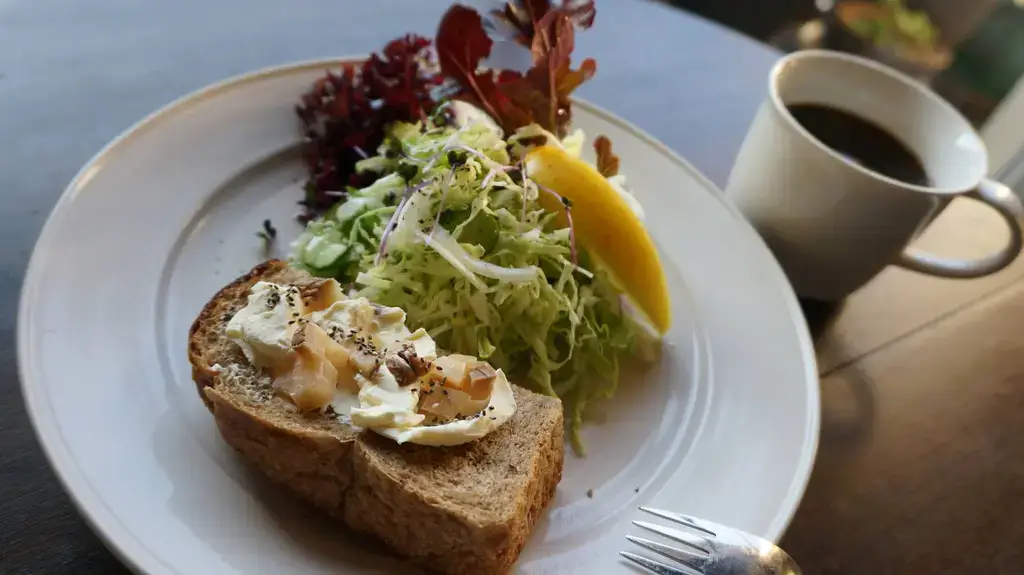
You can enjoy the natural smoke flavor as it is or serve it as a side dish. However, these pickles are more commonly served with rice or soup and are often paired with cream cheese. They also pair well with avocado or can easily replace pickles in a burger to add a smoky touch! Iburi gakko is a common accompaniment to rice and sushi rolls and as a snack with sake and tea.
Are there any health benefits?
The food additives in making Iburi gakko come from natural ingredients. Since they don’t need to be cooked, they preserve the vegetables’ vitamins, minerals, and fiber. Iburi gakko contains more fiber than raw vegetables, making it great for people suffering from obesity, constipation, or high cholesterol. The other ingredients used to make Iburi gakko, such as vinegar, miso, and rice bran, are considered healthy fermented foods. Fermented foods are excellent for the skin and rich in probiotics that improve digestive health, among other benefits.
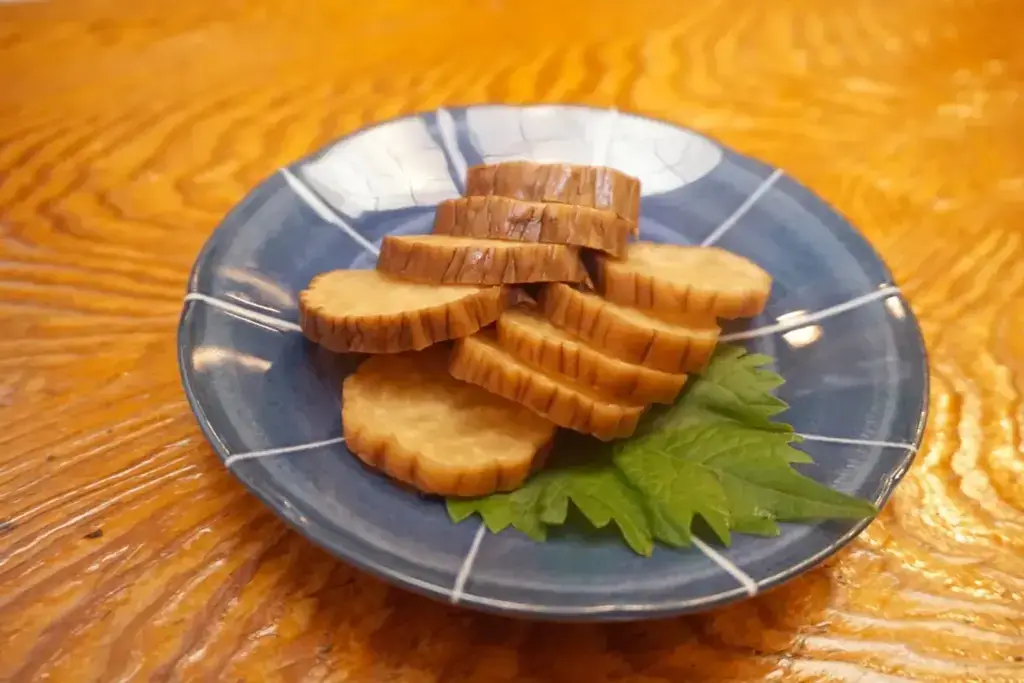
Why should I try these pickled vegetables?
Overall, iburi gakko has a full-bodied, smokey, and slightly sweet flavor with a hint of umami and a crunchy, juicy texture. It smells sweet from broadleaved oak, cherry, and zelkova trees. Its simple and natural taste is exactly what the culture of Akita is, born from our everyday lives and succeeded for hundreds of years. Recently, iburi gakko has also been used as a specialized Akita food in hotels and restaurants. Its unique aroma and flavor match the modern, Westernized diet. Have you tried iburi gakko before? Would you ever pair it with cream cheese? Do you have a favorite way to eat it? Let us know in the comments below!

